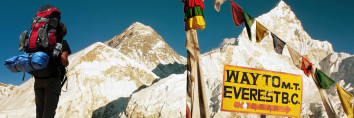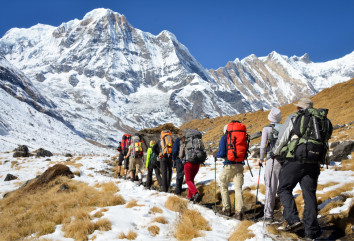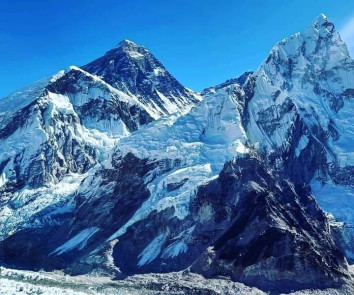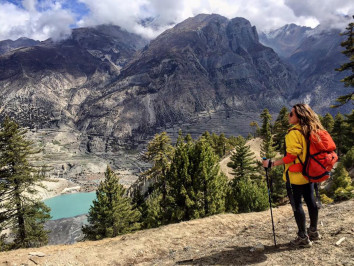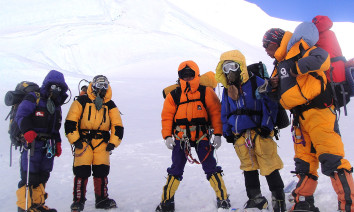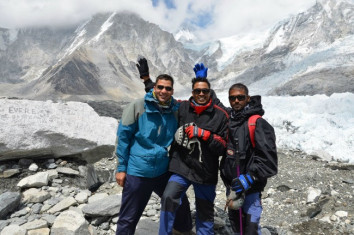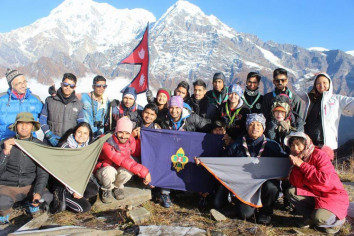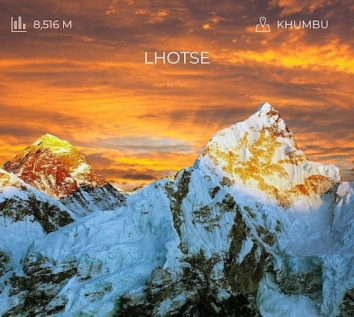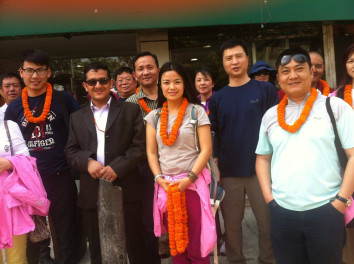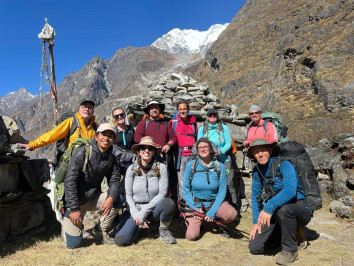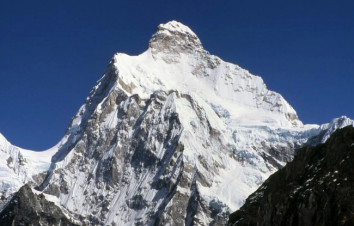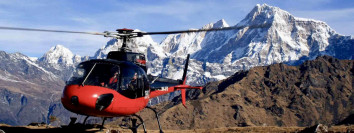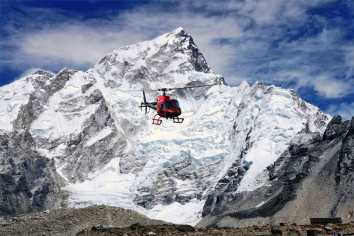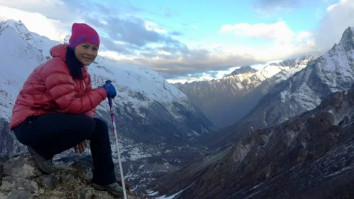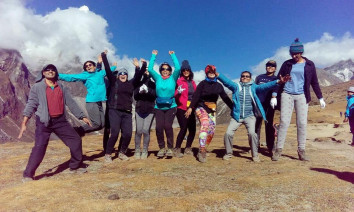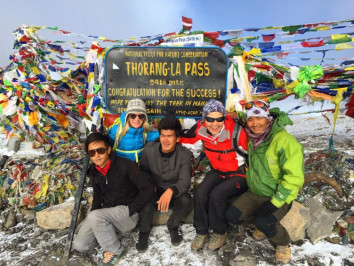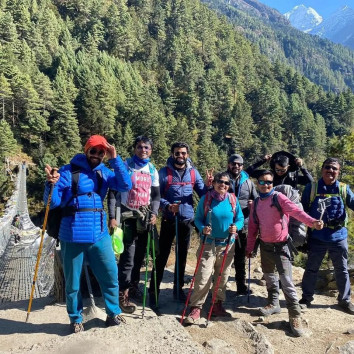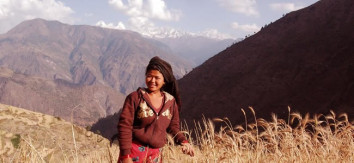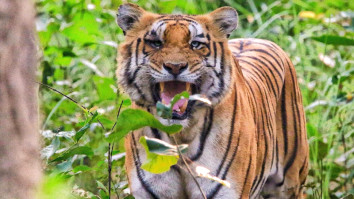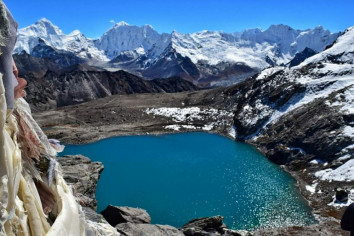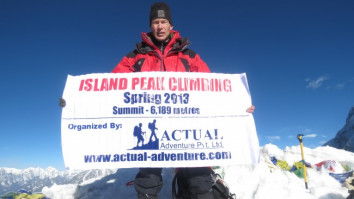27th Aug, 2023
Climbing Mount Shishapangma (8,013 meters/26,289 feet) is Hard or Easy ?
General facts and information about the Shishapangma expedition. However, please note that expedition details, records, and developments can change over time, so I recommend checking the latest news and resources for the most up-to-date information on any specific expedition.
Table of Contents
Location
Shishapangma, also known as Xixiabangma or Gosainthān, is the 14th highest mountain in the world and is located in the Tibet Autonomous Region of China, near the border with Nepal.
Elevation
Shishapangma stands at an elevation of approximately 8,027 meters (26,335 feet) above sea level.
First Ascent
Shishapangma was first successfully climbed on May 2, 1964, by a Chinese expedition team led by Xu Jing. This was the last of the world's fourteen 8,000-meter peaks to be climbed.
Climbing Routes
There are several routes to the summit of Shishapangma, with the normal route being the Southwest Face. This route is considered less technically challenging than some of the other 8,000-meter peaks but still presents significant difficulties due to high altitudes and harsh conditions.
Permit and Access
Climbing Shishapangma requires a permit from the Chinese government, and climbers typically access the mountain from the Tibetan side. The Tibet Autonomous Region has specific regulations regarding mountaineering activities.
Challenges
Climbers attempting Shishapangma face numerous challenges, including extreme cold, high winds, avalanches, crevasses, and the effects of high altitude, including altitude sickness.
Climbing Season
The primary climbing season for Shishapangma is typically in the spring (April to May) and autumn (September to October). These periods offer more stable weather conditions and lower avalanche risks.
Notable Ascents
Over the years, many climbers and expedition teams from around the world have successfully summited Shishapangma. Some climbers have achieved multiple ascents of the mountain, and various records have been set for speed ascents and other achievements.
Environmental Concerns
Like many high-altitude peaks, Shishapangma has been affected by climate change. Glacial retreat and changes in the mountain environment are of concern to both climbers and environmentalists.
Safety Measures
Climbers on Shishapangma, like on other high peaks, often use supplemental oxygen to help cope with the thin air at extreme altitudes. Additionally, well-prepared expedition teams typically have experienced guides and support staff to ensure safety.
How hard is climbing mount Shishapangma or Easy ?
Climbing Mount Shishapangma (8,013 meters/26,289 feet) is considered one of the less technically challenging 8,000-meter peaks in the Himalayas. However, it's important to note that any ascent of such a high-altitude mountain is physically demanding and carries inherent risks. Here are some key factors that contribute to the relative technical difficulty of climbing Shishapangma:
Route Difficulty
The standard route on Shishapangma, known as the Normal Route or the Northwest Ridge, is the least technically demanding route on the mountain. It involves a mix of snow and glacier travel, with some steep sections and crevasses. While it does require basic mountaineering skills, it is generally less technical than some other 8,000-meter peaks in the region, which may involve more technical ice and rock climbing.
Altitude
The primary challenge of climbing Shishapangma, like all 8,000-meter peaks, is the extreme altitude. Climbers will face the effects of high altitude, including reduced oxygen levels, extreme cold, and a host of physiological challenges. Acclimatization and the ability to manage altitude-related issues are crucial.
Weather
The weather on Shishapangma can be unpredictable and severe. High winds, heavy snowfall, and extreme cold are common, especially during the winter and early spring climbing seasons. Climbers need to be prepared for challenging weather conditions.
Avalanche Risk
Like many Himalayan peaks, Shishapangma has avalanche-prone areas, especially on its steeper sections. Climbers must be aware of avalanche conditions and practice safe techniques for traveling through these areas.
Logistics
The logistics of organizing an expedition to Shishapangma can be challenging due to its remote location in Tibet and the need for permits. Expedition teams typically need to bring their own supplies, establish high camps, and manage their own safety.
Experience
While Shishapangma may be considered less technical than some other 8,000-meter peaks, climbers are still required to have significant high-altitude mountaineering experience. This includes experience with glacier travel, ice and snow climbing, and high-altitude camping.
Teamwork
Climbing any high-altitude peak, including Shishapangma, often requires strong teamwork and cooperation among expedition members. Communication and decision-making in challenging conditions are essential.
In summary, while Mount Shishapangma is considered one of the less technically difficult 8,000-meter peaks, it should not be underestimated. It is still a very challenging and high-risk endeavor that requires extensive preparation, experience, and a good understanding of high-altitude mountaineering techniques. Climbers should seek guidance from experienced mountaineering organizations and consider their own abilities and readiness before attempting such a climb.
Shishapangma Advance Base Camp
The Shishapangma Advance Base Camp (ABC) is a crucial point on the journey to climb Mount Shishapangma (8,013 meters/26,289 feet), one of the 8,000-meter peaks in the Himalayas. ABCs are intermediate camps established at lower elevations than the main base camp to aid in acclimatization and facilitate the climb. Here's what you need to know about the Shishapangma Advance Base Camp
Location: The Shishapangma Advance Base Camp is located at an elevation of approximately 5,600 meters (18,372 feet). It's situated on the north side of Mount Shishapangma, which is in the Tibet Autonomous Region of China.
Purpose: The primary purpose of the Advance Base Camp is to serve as a staging point for climbers as they acclimatize to the high altitude and prepare for their summit bid. It's typically used by climbers attempting to reach the main summit of Shishapangma.
Acclimatization: Climbers typically spend several days at the Shishapangma ABC to adjust to the altitude before proceeding higher up the mountain. This process involves resting, hydrating, and gradually ascending to higher altitudes to allow the body to adapt to lower oxygen levels.
Facilities: The facilities at the Shishapangma Advance Base Camp are relatively basic compared to the main base camp. You can expect to find basic shelter in the form of tents, a cooking area, and sometimes limited medical support. Climbers and their support teams usually bring their own equipment and supplies.
Challenges: Despite being an intermediate camp, the Shishapangma ABC still presents challenges due to the extreme altitude, harsh weather conditions, and the need for climbers to be self-sufficient. Climbers need to be well-prepared with appropriate gear, clothing, and food.
Logistics: Access to the Shishapangma ABC usually requires a permit from the Chinese government, as the mountain is located in Tibet. Expedition teams need to arrange logistics well in advance, including transportation, permits, and support staff such as sherpas and cooks.
Summit Attempts: From the Shishapangma ABC, climbers typically make several rotations to higher camps, progressively ascending and descending to acclimatize and establish camps higher on the mountain. The final summit push is usually initiated from Camp 2 or Camp 3, depending on the climber's route and strategy.
In summary, the Shishapangma Advance Base Camp is a critical staging point for climbers on their way to attempt the summit of Mount Shishapangma. It serves as a location for acclimatization, rest, and preparation, helping climbers to acclimate to the extreme altitude and challenging conditions of the mountain before embarking on their summit bid
Details discretion about Other Top 10 Highest Mountains in the World
Certainly, here are some detailed descriptions of the top 10 highest mountains in the world, which you can use for a blog post:
1. Mount Everest (8,848.86 meters / 29,031.7 feet):
Known as the "roof of the world," Everest is the tallest mountain on Earth. It's located in the Himalayas, on the border between Nepal and Tibet (China). Climbing Everest is a lifelong dream for many mountaineers.
2. K2 (Mount Godwin-Austen) (8,611 meters / 28,251 feet):
K2, located in the Karakoram Range on the Pakistan-China border, is often called the "Savage Mountain" due to its extreme difficulty. It's the second-highest peak but considered by many climbers to be even more challenging than Everest.
3. Kangchenjunga (8,586 meters / 28,169 feet):
Kangchenjunga stands on the border of Nepal and India and is revered by the locals. The name means "Five Treasures of the Great Snow," representing its five peaks. It offers a unique cultural and mountaineering experience.
4. Lhotse (8,516 meters / 27,940 feet):
Lhotse is connected to Everest and shares some of its challenges. Climbers often attempt both peaks together, making it an epic journey. The South Face of Lhotse is one of the steepest in the world.
5. Makalu (8,485 meters / 27,838 feet):
Makalu, located southeast of Everest, is known for its impressive pyramid shape. Its isolated location and challenging weather conditions make it a formidable climb.
6. Cho Oyu (8,188 meters / 26,864 feet):
Cho Oyu is often considered one of the most accessible 8,000-meter peaks, making it a popular choice for climbers aiming to reach that milestone. It's situated on the Nepal-China border.
7. Dhaulagiri I (8,167 meters / 26,795 feet):
Dhaulagiri, located in Nepal's Annapurna region, was once considered the highest mountain in the world before more accurate surveys. It's known for its dramatic rise above the Kali Gandaki Gorge.
8. Manaslu (8,163 meters / 26,781 feet):
Manaslu, meaning "Mountain of the Spirit," is the eighth highest peak in the world. It's in a restricted area of Nepal, requiring a special permit for climbers. The mountain offers a mix of technical climbing and cultural experiences.
9. Nanga Parbat (8,126 meters / 26,660 feet):
Nanga Parbat, located in Pakistan's Himalayas, is notorious for its deadly avalanches and challenging weather. It's known as the "Killer Mountain" due to its high fatality rate among climbers.
10. Annapurna I (8,091 meters / 26,545 feet):
Annapurna I is part of the Annapurna Massif in Nepal. It's known for its deadly avalanches and challenging terrain. Despite the risks, it's a popular peak among experienced mountaineers.
These top 10 highest mountains in the world offer a variety of climbing challenges, breathtaking scenery, and unique cultural experiences for those who dare to explore them.
Shishapangma had a relatively high summit success rate for Above 8000m peaks
As of my knowledge, Mount Shishapangma had a relatively high summit success rate compared to some other 8,000-meter peaks in the Himalayas. However, it's important to note that success rates can vary from year to year and depend on numerous factors, including weather conditions, the experience of climbers, and the specific route chosen. Here are some general details about Mount Shishapangma and a few notable stories:
1. Mount Shishapangma Overview:
Mount Shishapangma, also spelled Xixabangma or Gosainthan, is the 14th highest mountain in the world, standing at 8,027 meters (26,335 feet) above sea level.
It is the only 8,000-meter peak located entirely within Tibet, China, and is part of the Langtang Himal range in the Himalayas.
The mountain is considered one of the more accessible 8,000-meter peaks, in part due to its location and the fact that climbers do not need to obtain permits from the Nepalese government.
2. Summit Success Rate
The success rate for summiting Mount Shishapangma varies, but it's generally higher than some of the more challenging 8,000-meter peaks like K2 or Annapurna.
Success rates can still be influenced by a variety of factors, including climbers' experience, weather conditions, and the chosen route.
In recent years, the success rate has improved due to better equipment, improved weather forecasting, and more experienced climbers attempting the peak.
3. Notable Stories
- In 1964, a Chinese expedition led by Xu Jing successfully made the first ascent of Mount Shishapangma. This marked the first successful summit of any 8,000-meter peak by a Chinese team.
- In 1980, Reinhold Messner and Peter Habeler achieved the first ascent of Mount Shishapangma without supplemental oxygen, a significant achievement in the world of high-altitude mountaineering.
- There have been several tragic incidents on Shishapangma, including avalanches and fatalities, highlighting the inherent risks of climbing such high and remote peaks.
Many climbers have successfully summited Mount Shishapangma since its first ascent, and their stories vary from challenging ascents to remarkable feats of endurance and resilience. However, not all stories have been documented extensively.
Mount Shishapangma Summited list
Summiting Mount Shishapangma is a significant achievement in the world of high-altitude mountaineering. While I don't have access to the most up-to-date information, I can provide a list of some notable climbers and expeditions that successfully summited Mount Shishapangma up to my last knowledge update in September 2021. Please keep in mind that this list may not be exhaustive, and there have likely been additional successful ascents since then:
- Chinese Expedition (1964): The first successful ascent of Mount Shishapangma was made by a Chinese expedition led by Xu Jing in 1964.
- Reinhold Messner and Peter Habeler (1980): Messner and Habeler achieved the first ascent of Mount Shishapangma without supplemental oxygen, a remarkable feat in high-altitude climbing.
- Juanito Oiarzabal (1985): The Spanish climber Juanito Oiarzabal summited Shishapangma as part of his quest to climb all 14 of the world's 8,000-meter peaks.
- Ed Viesturs (1990): American climber Ed Viesturs successfully summited Mount Shishapangma as part of his pursuit of climbing all 14 8,000-meter peaks without supplemental oxygen.
- Kenton Cool (2005): British mountaineer Kenton Cool reached the summit of Mount Shishapangma as part of his climbing career, which includes numerous 8,000-meter peaks.
- Alan Hinkes (2005): British climber Alan Hinkes reached the summit of Mount Shishapangma, completing his quest to climb all 14 of the world's 8,000-meter peaks.
- Oh Eun-sun (2007): South Korean mountaineer Oh Eun-sun became the first woman to complete the ascent of all 14 8,000-meter peaks with her successful summit of Mount Shishapangma.
- Gerlinde Kaltenbrunner (2011): Austrian climber Gerlinde Kaltenbrunner achieved the summit of Mount Shishapangma as part of her successful quest to climb all 14 8,000-meter peaks without supplemental oxygen.
Climbing Route Camps of Shishapangma
Climbing Shishapangma, like many high-altitude peaks, involves several camps established at different elevations to facilitate the ascent and provide climbers with resting points and logistical support. The exact number and names of camps can vary depending on the expedition and the chosen route, but here's a typical breakdown of the camps on the standard Southwest Face route:
Base Camp (4,900 meters / 16,076 feet):
This is the starting point of the expedition, where climbers typically arrive by vehicle. Base camp provides a comfortable and relatively lower-altitude setting for initial acclimatization and preparation. It serves as the hub for organizing supplies, logistics, and team briefings.
Intermediate Camp (5,400 meters / 17,716 feet):
Some expeditions establish an intermediate camp to aid in acclimatization and serve as a midway point between base camp and higher camps. Its location and use can vary.
Advanced Base Camp (ABC) (5,800 meters / 19,029 feet):
ABC is a crucial staging point for the Shishapangma expedition. It's located above the glacier and serves as a primary acclimatization location for climbers. From ABC, climbers can make shorter trips to higher elevations to further acclimatize and carry gear.
Camp 1 (6,400 meters / 21,000 feet):
Camp 1 is usually located on the Southwest Face of Shishapangma. Climbers ascend to this camp to establish a higher point for acclimatization and to prepare for the higher camps.
Camp 2 (7,000 meters / 22,966 feet):
Camp 2 is a higher camp on the standard route. Climbers continue their acclimatization process here and may make additional trips to higher elevations for better adaptation.
Camp 3 (7,400 meters / 24,278 feet):
Camp 3 is often the final advanced camp before the summit push. Climbers spend time here to acclimatize to the high altitude and prepare for the summit bid.
Summit Push:
From Camp 3, climbers typically make a summit push. The route from Camp 3 to the summit involves challenging terrain, including steep slopes and potentially icy or snowy conditions.
The exact locations and numbers of camps can vary depending on the chosen route and the preferences of the expedition team. Additionally, climbers may need to adjust their plans based on weather conditions and the pace of their acclimatization.
It's essential to note that climbing at high altitudes presents significant risks, and climbers need to be well-prepared, physically fit, and experienced in mountaineering. Furthermore, understanding the specifics of the route and camps is critical for a successful and safe ascent of Shishapangma. Climbers typically spend several weeks on the mountain, allowing their bodies to acclimatize gradually to the thin air before attempting the summit.
Gears for Mountaineering
Mountaineering is a demanding and potentially hazardous activity, and having the right gear is essential for your safety and comfort. The specific gear you'll need can vary depending on the mountain, the season, and the type of mountaineering you're doing (e.g., alpine climbing, ice climbing, high-altitude expeditions), but here's a general list of essential gear for mountaineering:
Clothing:
- Base Layers: Moisture-wicking, insulating layers to keep you warm and dry.
- Insulating Layers: Fleece or down jackets to provide warmth.
- Outer Layers: Waterproof and breathable shell jacket and pants.
- Headwear: Insulated hat, balaclava, and sun hat.
- Gloves: Insulated and waterproof gloves, plus liner gloves.
- Socks: Moisture-wicking and warm socks, often with a liner sock underneath.
Footwear:
- Mountaineering Boots: Insulated, stiff-soled boots suitable for your chosen terrain and conditions.
- Crampons: To provide traction on ice and hard snow.
- Gaiters: To keep snow out of your boots.
Climbing Gear:
- Harness: A comfortable harness for roped climbing.
- Helmet: To protect against falling objects and rockfall.
- Ice Axe: Used for self-arrest and ice climbing.
- Carabiners and Quickdraws: For securing yourself to the rope and attaching gear.
- Belay/Rappel Device: For rope management and safety during descents.
- Rope: Dynamic or static, depending on the type of climbing.
- Slings and Cord: For creating anchors and extending protection.
- Protection: Such as cams, nuts, and ice screws, depending on the terrain.
- Avalanche Safety Gear: If climbing in avalanche-prone areas, including a transceiver, probe, and shovel.
Backpack:
- A large, durable pack with plenty of space for gear and a comfortable harness system for carrying heavy loads.
Navigation:
- Map, compass, GPS, and altimeter to help you find your way.
- Trekking Poles:
- Adjustable poles can help with balance and reduce strain on your knees during descents.
- Headlamp:
- With spare batteries, for visibility in low-light conditions.
Camping Gear (for multi-day expeditions):
- Tent: Lightweight, durable, and suitable for high-altitude camping.
- Sleeping Bag: Rated for the expected temperatures.
- Sleeping Pad: Insulated, inflatable pads provide comfort and insulation.
- Stove and Cookware: For melting snow and preparing meals.
First Aid Kit
- Essential medical supplies for treating injuries and illnesses in the field.
- Avalanche Safety Gear (for avalanche-prone terrain):
- Avalanche Beacon: To help locate buried individuals.
- Avalanche Probe: To pinpoint the depth of a burial.
- Avalanche Shovel: For efficient snow excavation during a rescue.
Communication
- Satellite phone, two-way radio, or a Personal Locator Beacon (PLB) for emergencies and staying in touch with your team.
Miscellaneous:
- Sunscreen, sunglasses, lip balm, and goggles for eye protection.
- Climbing tape, repair kits, and multi-tools.
- Nutrition and hydration supplies, including a water purification system.
Before any mountaineering expedition, it's crucial to research the specific requirements of your chosen route, consult experienced mountaineers or guides, and ensure that your gear is in good condition. Safety should always be a top priority in mountaineering.
How long does it take to climb Shishapangma?
The time it takes to climb Mount Shishapangma can vary significantly depending on several factors, including the chosen route, climber's experience, weather conditions, and the acclimatization schedule. However, a rough estimate for the standard route might look like this:
Preparation: Before the actual climb, climbers often spend several weeks preparing in advance. This includes obtaining permits, organizing logistics, and acclimatizing in lower-altitude areas.
Approach to Base Camp: Getting to the base camp can take several days or more, depending on the transportation method and starting point.
Acclimatization: Climbers typically spend 2-4 weeks acclimatizing at various camps above the base camp. This is crucial for adapting to the high altitude and reducing the risk of altitude-related illnesses.
Summit Push: The summit push from the last high camp (usually Camp 4) can take anywhere from 1 to 3 days. This includes ascending steep snow slopes, navigating technical sections, and dealing with high altitudes.
Descent: After reaching the summit, climbers need to descend back to lower camps, which can take an additional 1-2 days.
Overall, the entire expedition, including preparation, acclimatization, and the summit push, can last from 6 to 8 weeks or more. It's important to note that this is a rough estimate, and the actual time can vary widely based on individual circumstances and expedition plans. Some experienced climbers may be able to complete the ascent more quickly, while others may take longer due to the need for extended acclimatization or unfavorable weather conditions. Additionally, there are variations in the routes, and some may require more time than others. Safety and proper acclimatization are key priorities in high-altitude mountaineering.
How much does it cost to climb Shishapangma?
The cost of climbing Mount Shishapangma can vary significantly depending on a variety of factors, including the expedition operator, the level of support and services provided, the duration of the expedition, the number of climbers in the group, and the country from which the expedition is organized. As of my last knowledge update in September 2021, here are some general cost considerations:
Permit Fees: Climbing Mount Shishapangma requires obtaining a climbing permit from the Chinese government, which can be expensive compared to permits for peaks in Nepal. The cost of the permit can vary depending on the season and the number of climbers in the group.
Expedition Services: Most climbers join organized expeditions led by experienced guides and operators. The cost of these services typically includes transportation, food, accommodation at base camp and higher camps, climbing equipment, and logistical support. The quality of services and the level of comfort can vary, affecting the overall cost.
Travel Expenses: Climbers need to budget for international travel to and from Tibet, as well as domestic travel within Tibet to reach the mountain.
Insurance: Climbers are generally required to have comprehensive travel and climbing insurance, which can add to the overall cost.
Climbing Gear: Climbers need to bring or rent specialized high-altitude climbing gear, which can be a significant expense.
Miscellaneous Costs: These can include visa fees, medical examinations, and personal expenses.
Given these variables, the cost of a Shishapangma expedition can range from approximately $10,000 to $30,000 or more per person. Please note that these are rough estimates, and costs may have changed since my last update. It's important for prospective climbers to carefully research and compare expedition operators, consider the services included in the price, and budget for any additional expenses.
Additionally, I recommend checking with expedition operators, consulting up-to-date sources, and speaking with experienced climbers who have recently undertaken Shishapangma expeditions to get the most current and accurate cost information. Keep in mind that safety and proper preparation should always be a priority when planning a high-altitude climb.
Best Selling Trips Nepal, Tibet And Bhutan
Actual Adventure offer more then 50 special holidays package in Nepal, Tibet, Bhutan and India, including Trekking, tour, biking and climbing. from 1 week to 3 weeks holidays with reasonable. you can think for Annapurna Base Camp Trekking, Manaslu circuit Trek, Tsum Valley Trek, and Everest Base Camp Trekking, which are equally worthy to carry out Nepal Trekking and Hiking during your Nepal to visit lets Book your Adventure with us Everest Base Camp Trek, Annapurna Base Camp Trek, Langtang Valley Trek, Langtang Gosainkunda Trek, Manaslu Circuit Trekking Peak climbing and Expedition above 8000m or Any 3 country tour in Himalayas for culture, pilgrimage or explore view Explore the most sought-after Buddhist pilgrimage packages in Asia featuring enchanting destinations in Nepal, Tibet, and Bhutan
Recent Posts
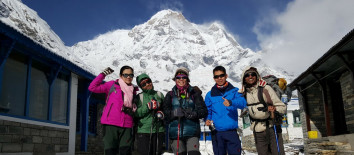
23rd Jan, 2017
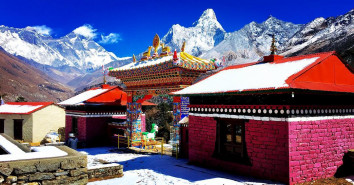
12th Jan, 2014
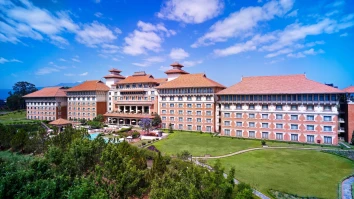
24th Apr, 2017
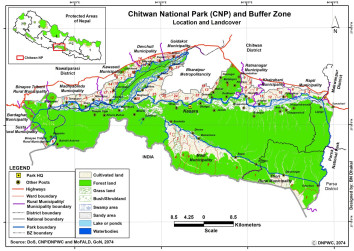
3rd Apr, 2014

3rd Jun, 2017
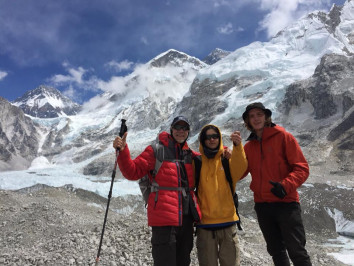
20th Jan, 2017

16th Jan, 2017
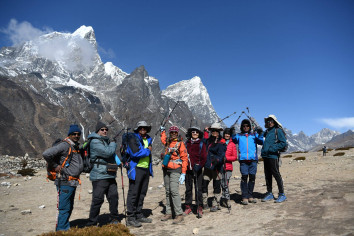
12th Jul, 2015

9th Apr, 2019
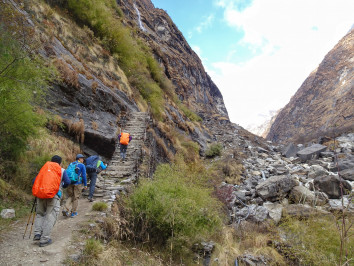
9th Jan, 2014
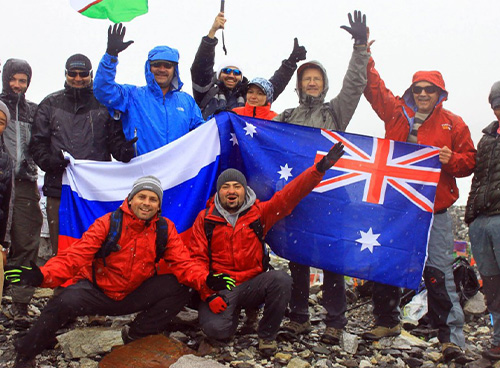
4th Apr, 2019
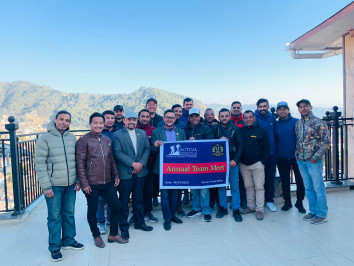
2nd Jan, 2014

2nd Apr, 2019
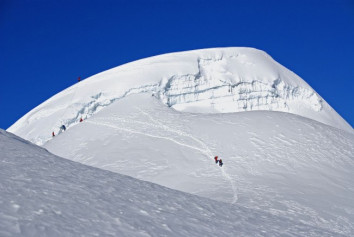
2nd Jan, 2014
-1.jpg)
30th Jan, 2017
-1.jpg)
4th Oct, 2018
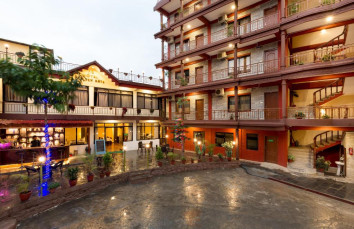
16th Oct, 2018
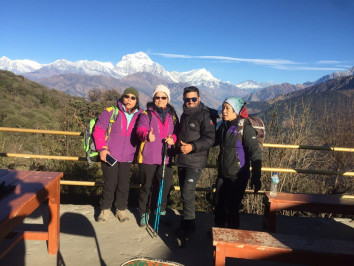
9th Oct, 2018

24th Jan, 2016
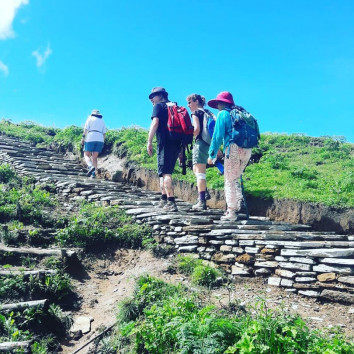
4th Oct, 2018
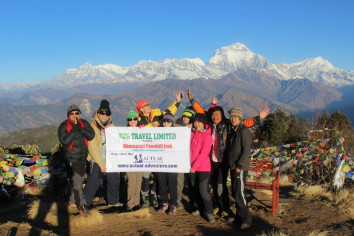
24th Aug, 2022
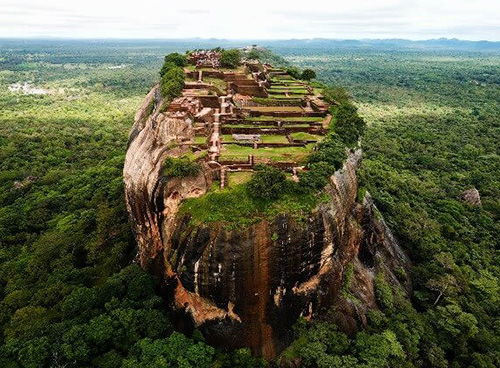
8th Sep, 2022

15th Sep, 2022
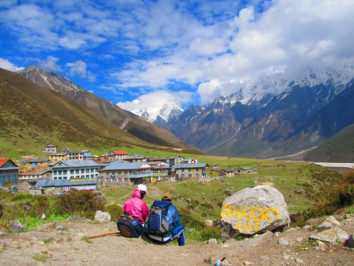
3rd Mar, 2023
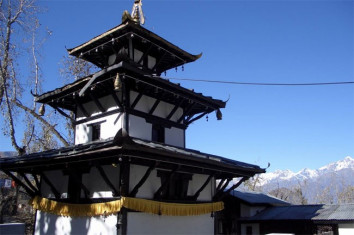
7th Mar, 2023
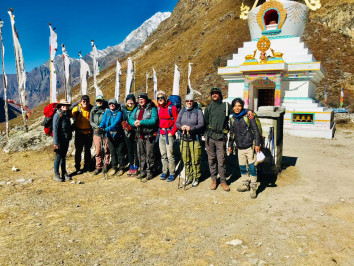
27th Mar, 2023

5th Apr, 2023

12th Apr, 2023
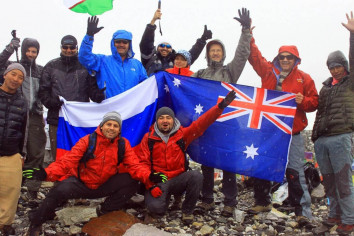
21st Apr, 2023
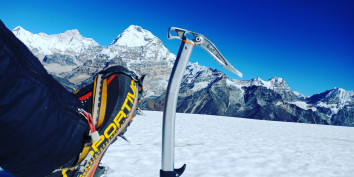
24th Apr, 2023
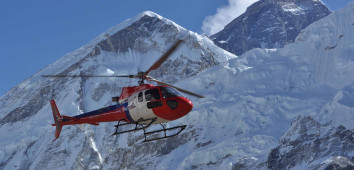
27th Apr, 2023
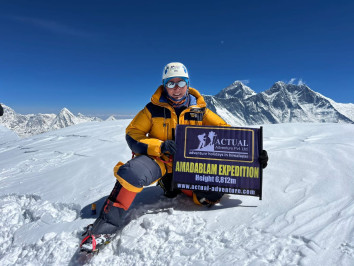
1st May, 2023
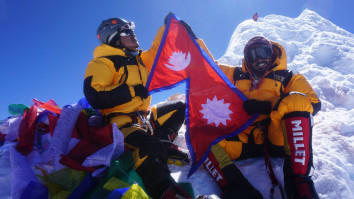
1st May, 2023
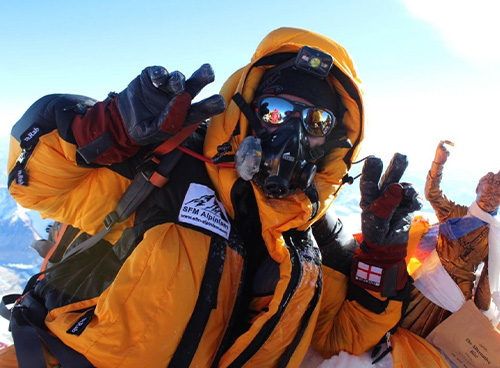
3rd May, 2023
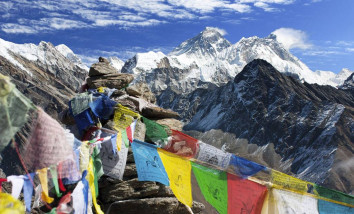
18th May, 2023
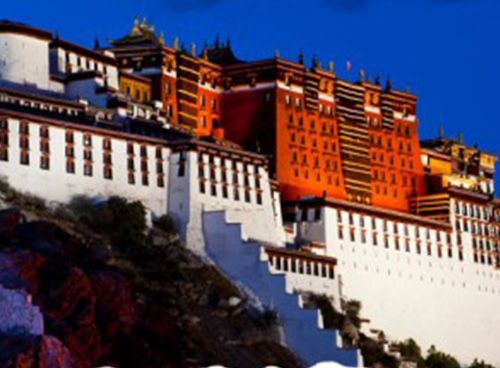
19th May, 2023
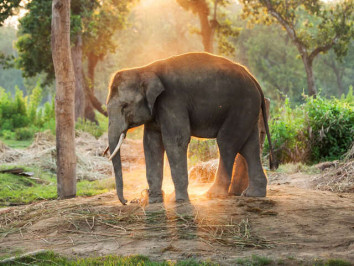
16th Jul, 2023

16th Jul, 2023
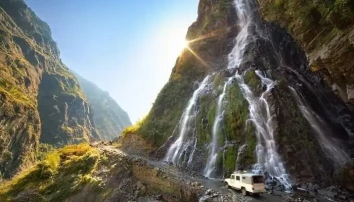
16th Jul, 2023
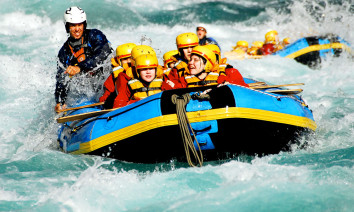
16th Jul, 2023
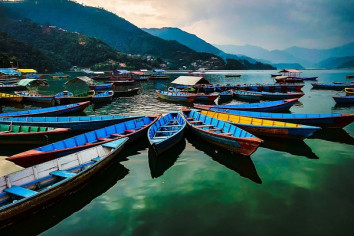
17th Jul, 2023
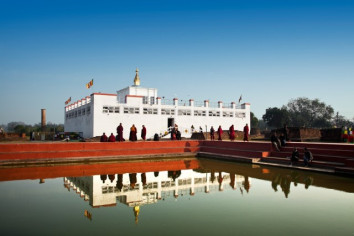
17th Jul, 2023

17th Jul, 2023

17th Jul, 2023

17th Jul, 2023
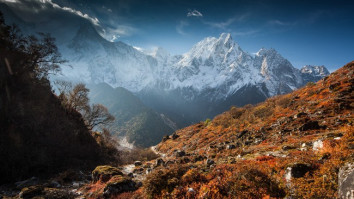
17th Jul, 2023
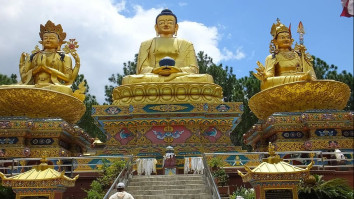
17th Jul, 2023
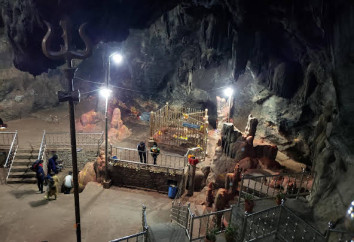
20th Jul, 2023
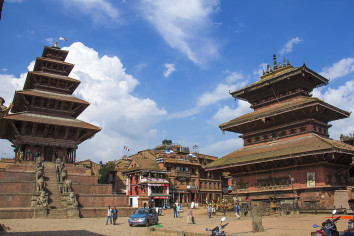
21st Jul, 2023

27th Jul, 2023
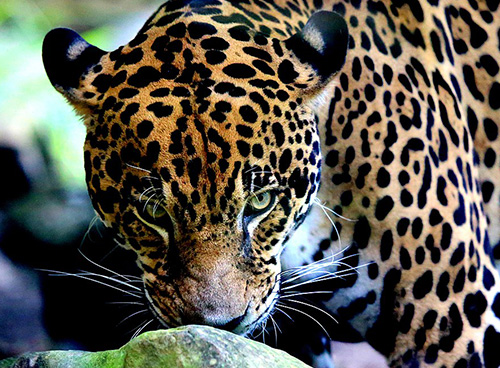
30th Jul, 2023
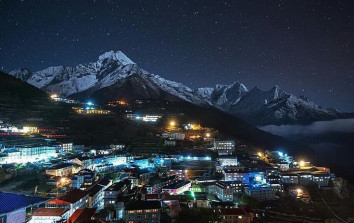
30th Jul, 2023
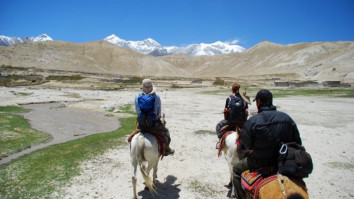
21st Aug, 2023
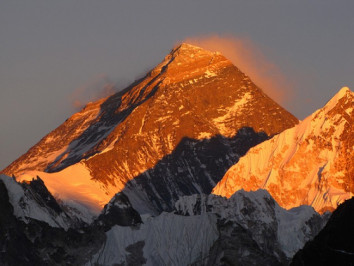
22nd Aug, 2023
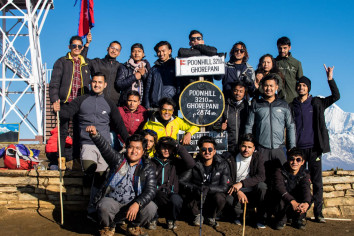
28th Aug, 2023
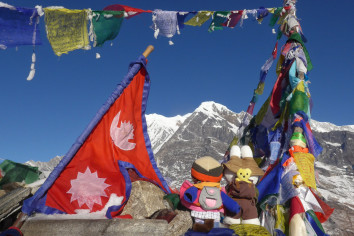
6th Oct, 2023
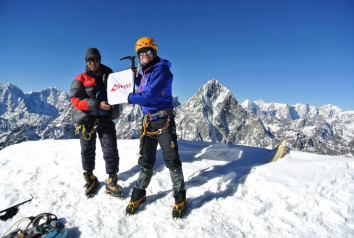
5th Nov, 2023
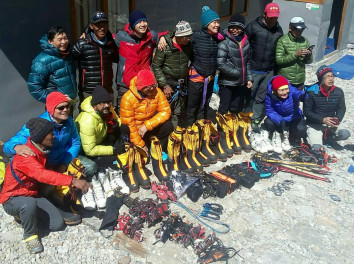
7th Nov, 2023

19th Nov, 2023

25th Nov, 2023

1st Dec, 2023
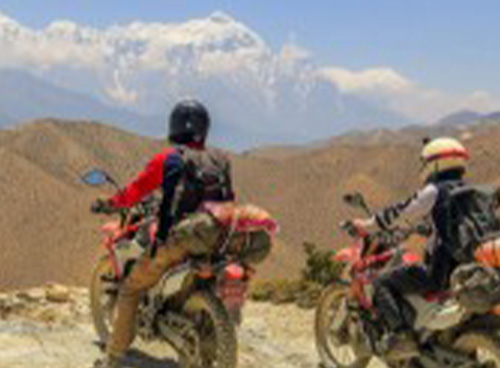
3rd Dec, 2023

13th Dec, 2023
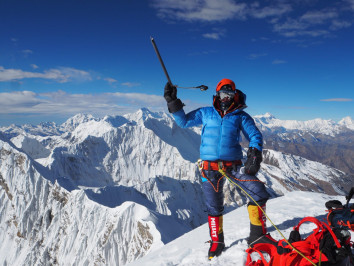
13th Dec, 2023
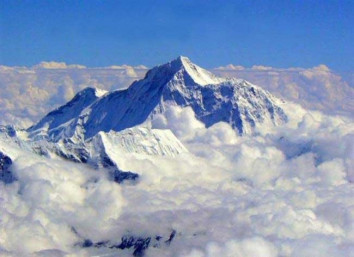
13th Dec, 2023

21st Dec, 2023
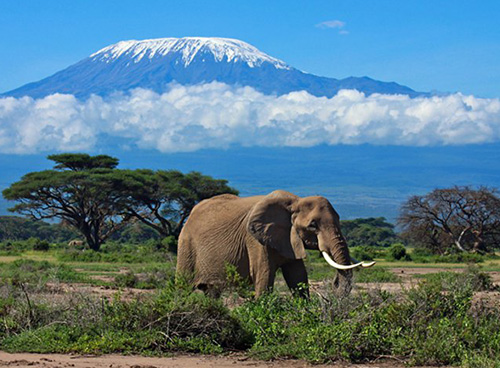
21st Dec, 2023
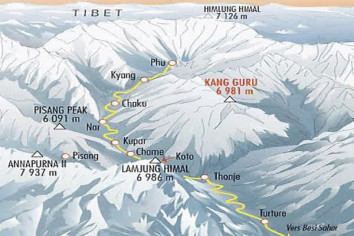
23rd Dec, 2023
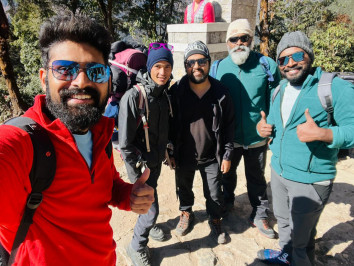
25th Dec, 2023
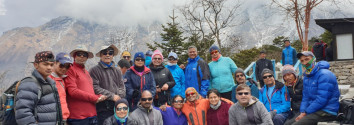
25th Dec, 2023

31st Dec, 2023
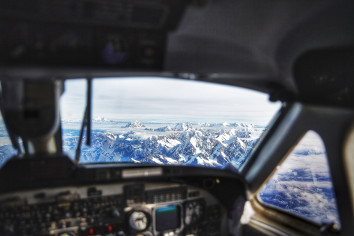
31st Dec, 2023
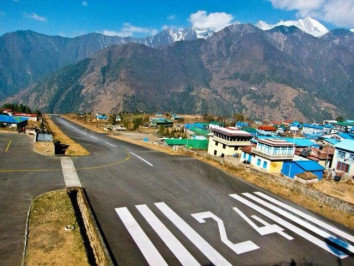
31st Dec, 2023
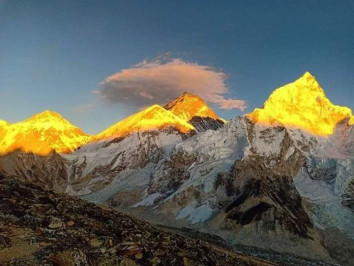
1st Jan, 2024
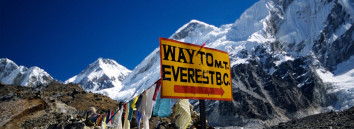
2nd Jan, 2024
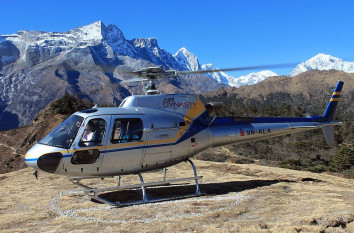
2nd Jan, 2024
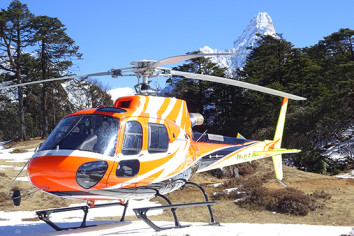
2nd Jan, 2024
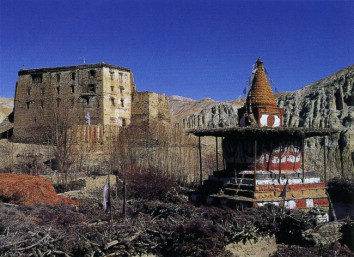
3rd Jan, 2024
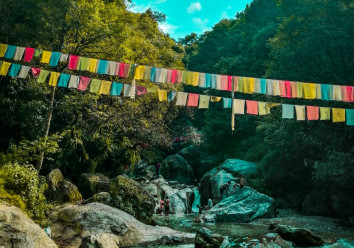
4th Jan, 2024
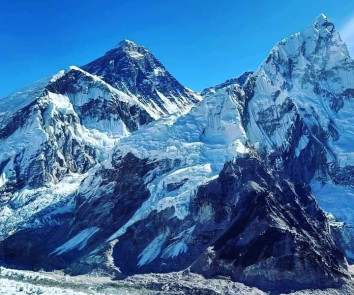
4th Jan, 2024
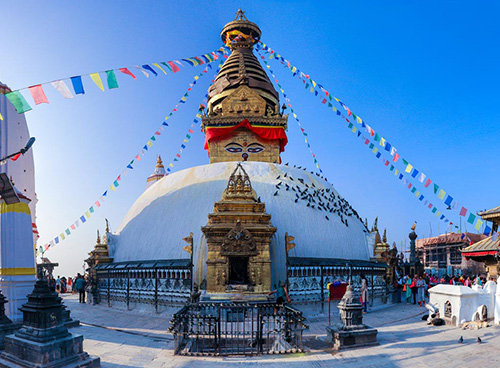
4th Jan, 2024
.jpg)
4th Jan, 2024

4th Jan, 2024

4th Jan, 2024

5th Jan, 2024
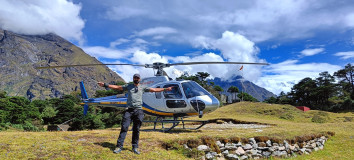
6th Jan, 2024
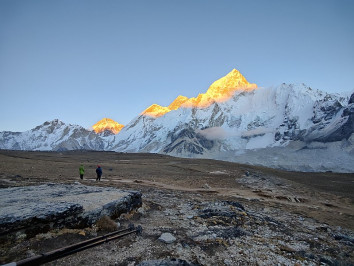
6th Jan, 2024
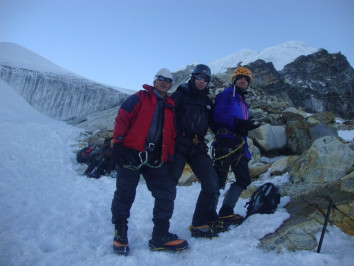
9th Jan, 2024
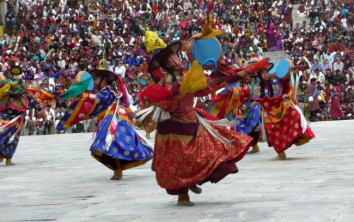
10th Jan, 2024
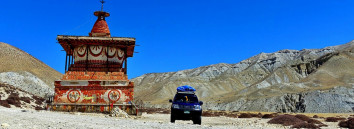
10th Jan, 2024
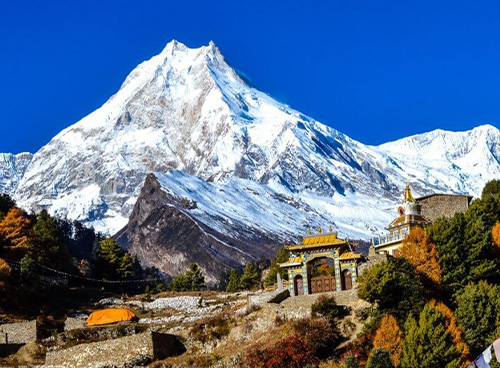
10th Jan, 2024
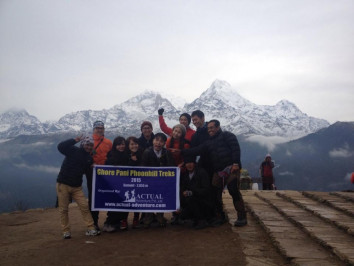
10th Jan, 2024
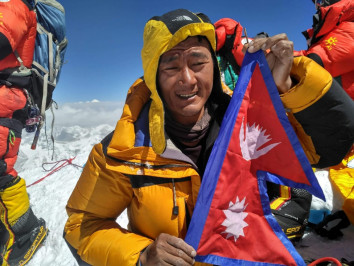
11th Jan, 2024
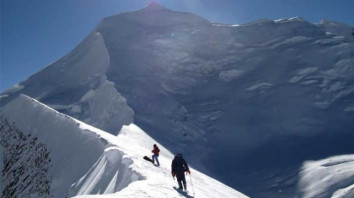
11th Jan, 2024

12th Jan, 2024

12th Jan, 2024
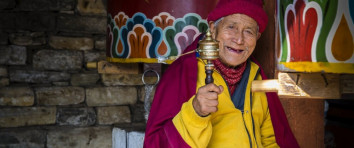
13th Jan, 2024
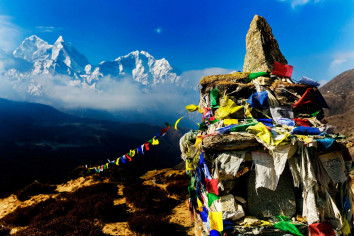
14th Jan, 2024
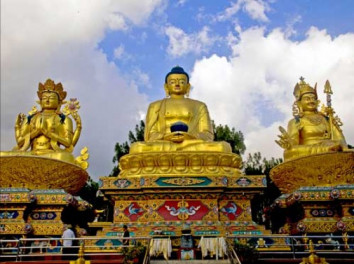
14th Jan, 2024
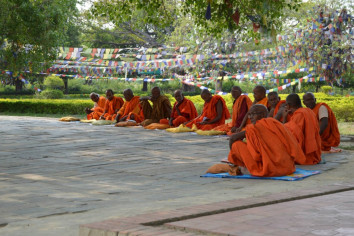
15th Jan, 2024
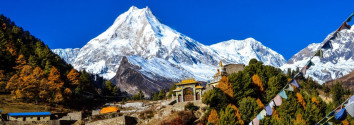
15th Jan, 2024
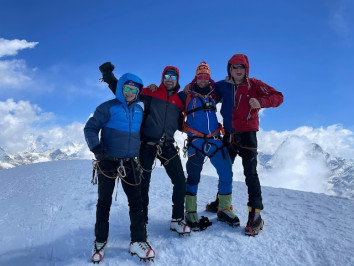
15th Jan, 2024
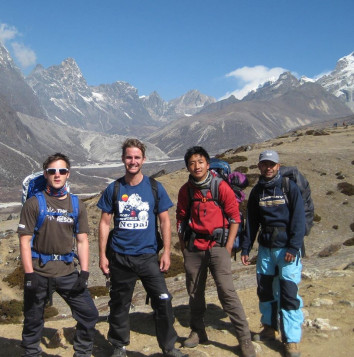
16th Jan, 2024
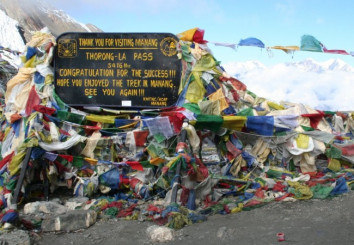
16th Jan, 2024
.jpg)
16th Jan, 2024
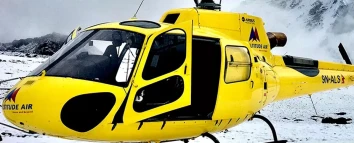
16th Jan, 2024
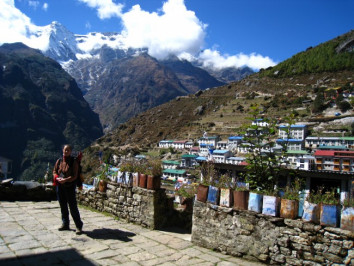
18th Jan, 2024
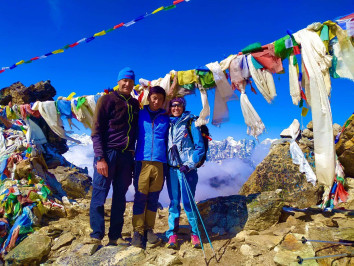
24th Jan, 2024
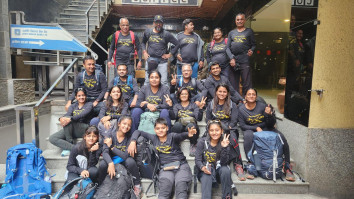
26th Jan, 2024
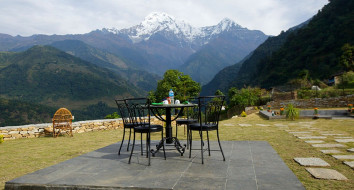
28th Jan, 2024
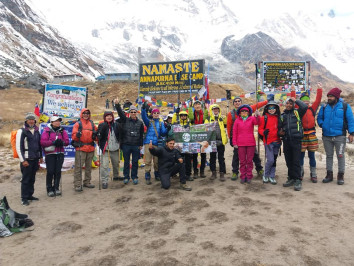
28th Jan, 2024
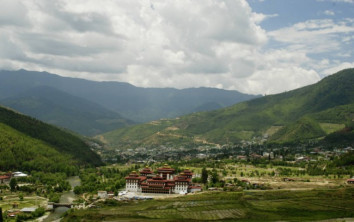
30th Jan, 2024
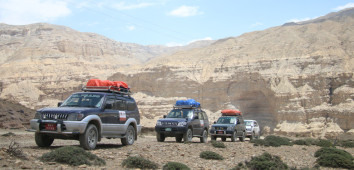
30th Jan, 2024
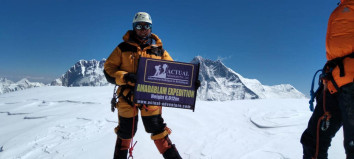
2nd Feb, 2024

2nd Feb, 2024

2nd Feb, 2024
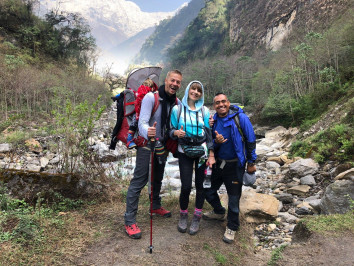
3rd Feb, 2024
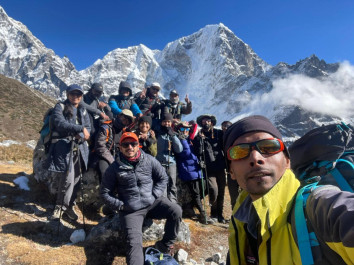
4th Feb, 2024

8th Feb, 2024
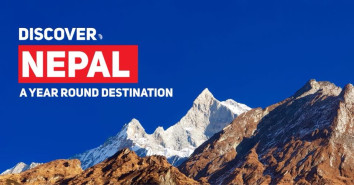
9th Feb, 2024

10th Feb, 2024
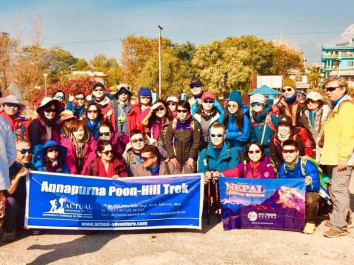
10th Feb, 2024
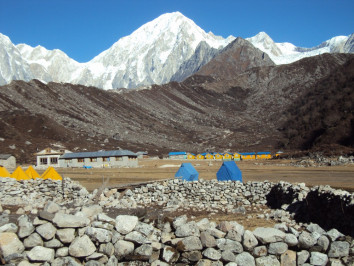
11th Feb, 2024
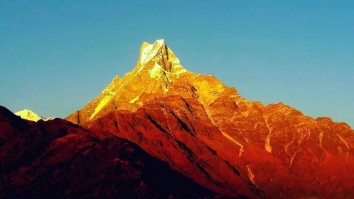
12th Feb, 2024
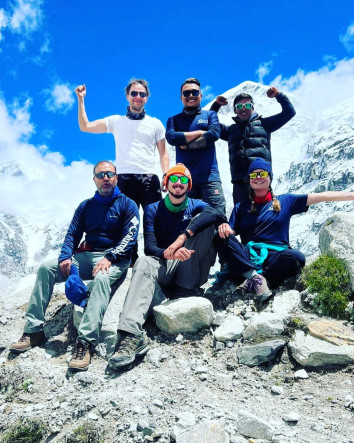
12th Feb, 2024
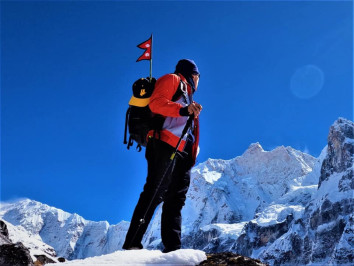
13th Feb, 2024
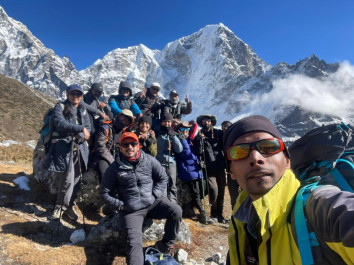
13th Feb, 2024
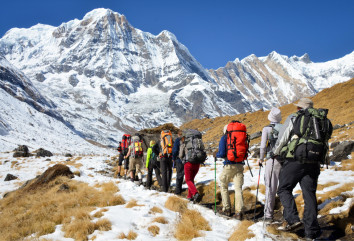
16th Feb, 2024
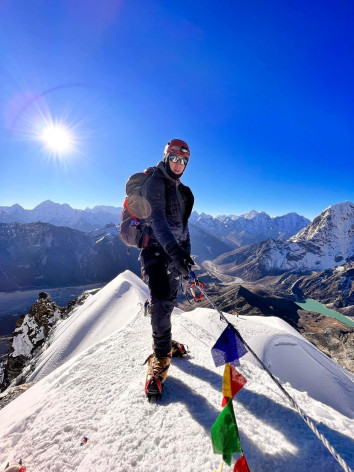
18th Feb, 2024

20th Feb, 2024
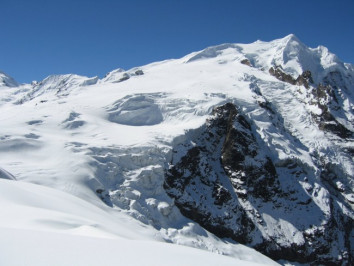
21st Feb, 2024
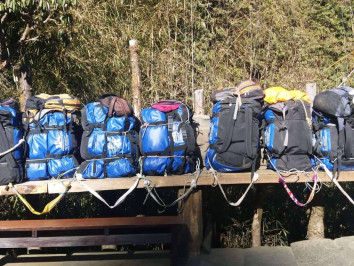
21st Feb, 2024

27th Feb, 2024
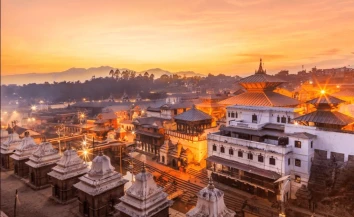
3rd Mar, 2024
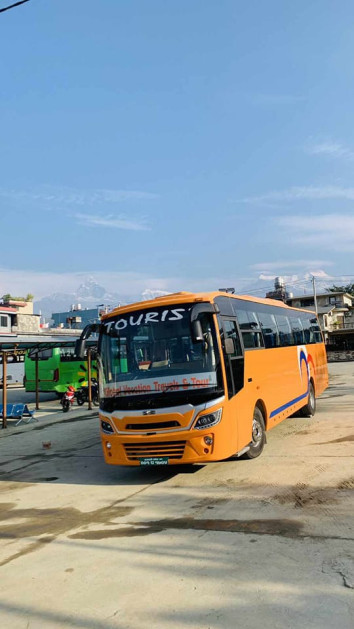
3rd Mar, 2024
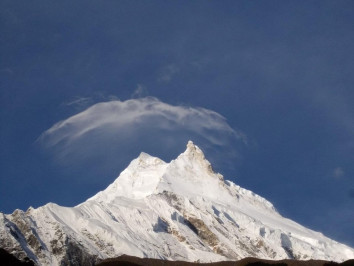
4th Mar, 2024
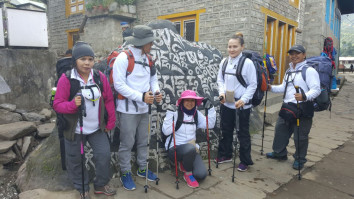
5th Mar, 2024
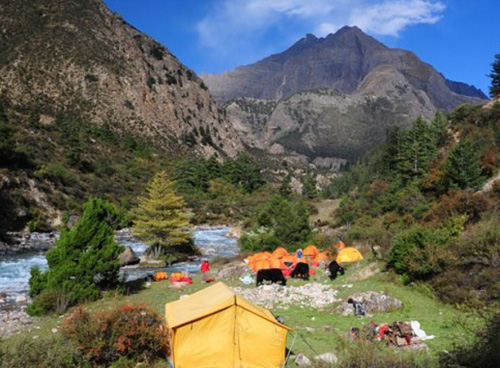
5th Mar, 2024

10th Mar, 2024

10th Mar, 2024

10th Mar, 2024
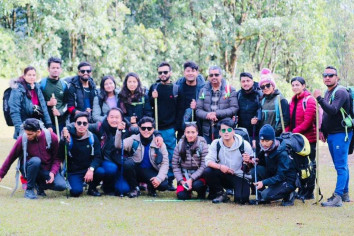
11th Mar, 2024

13th Mar, 2024

13th Mar, 2024
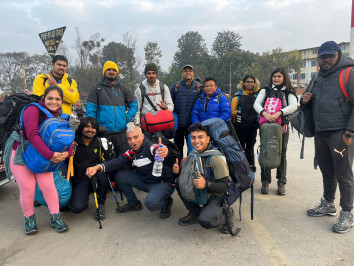
19th Mar, 2024
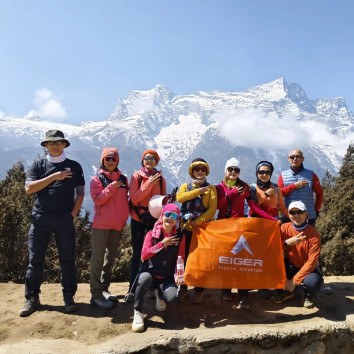
22nd Mar, 2024

26th Mar, 2024
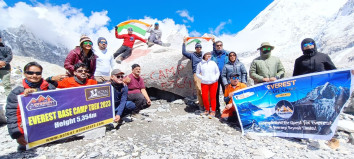
27th Mar, 2024

27th Mar, 2024
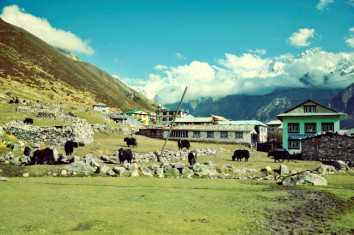
27th Mar, 2024
-1624864292-1.jpg)
28th Mar, 2024
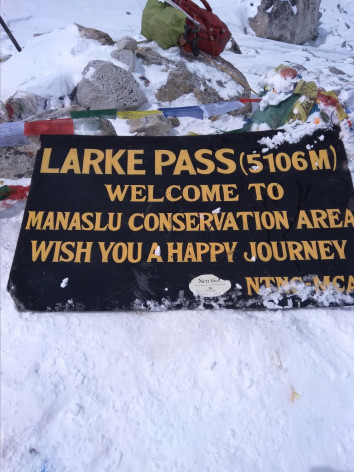
2nd Apr, 2024

2nd Apr, 2024

4th Apr, 2024
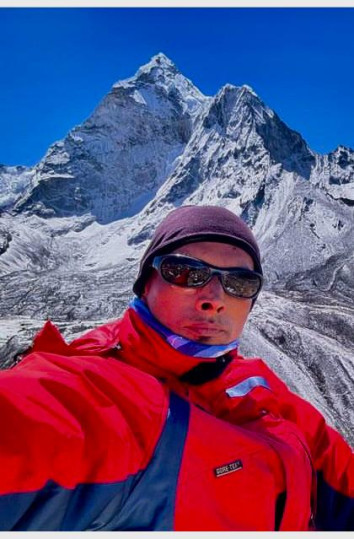
12th Apr, 2024
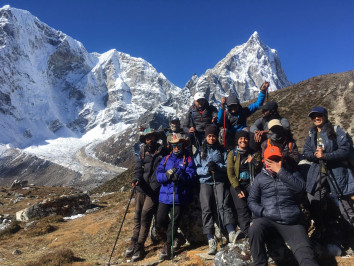

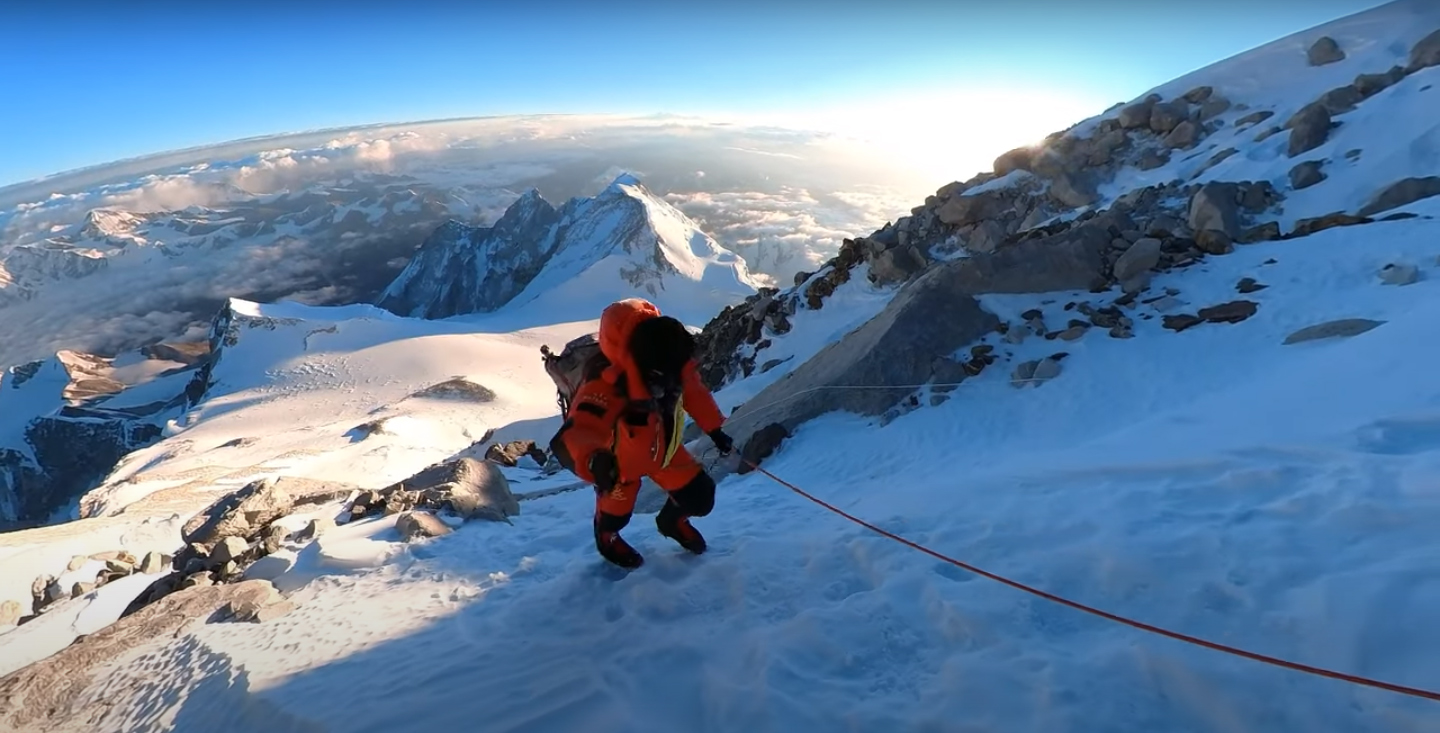


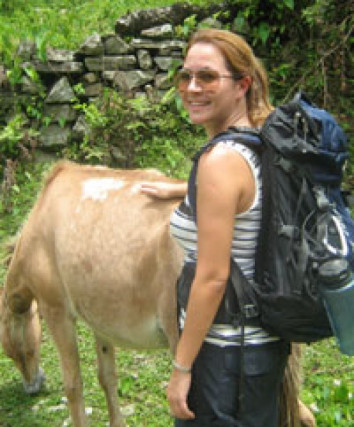
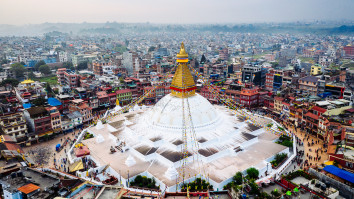
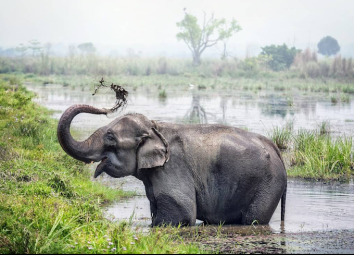

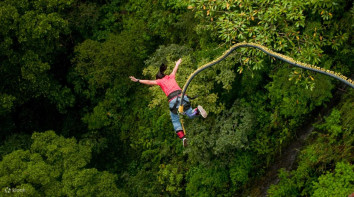
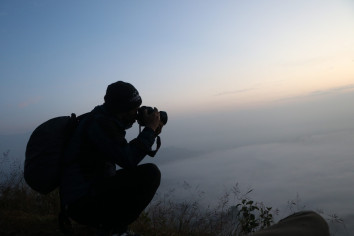
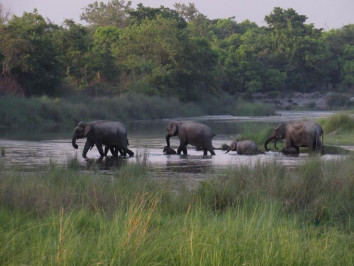
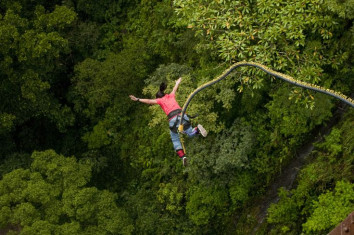
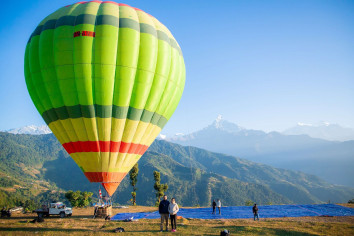


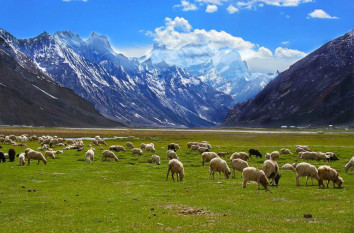

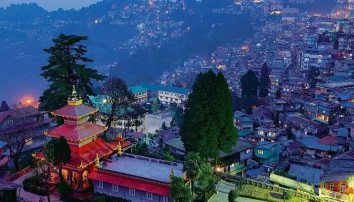


.jpg)
